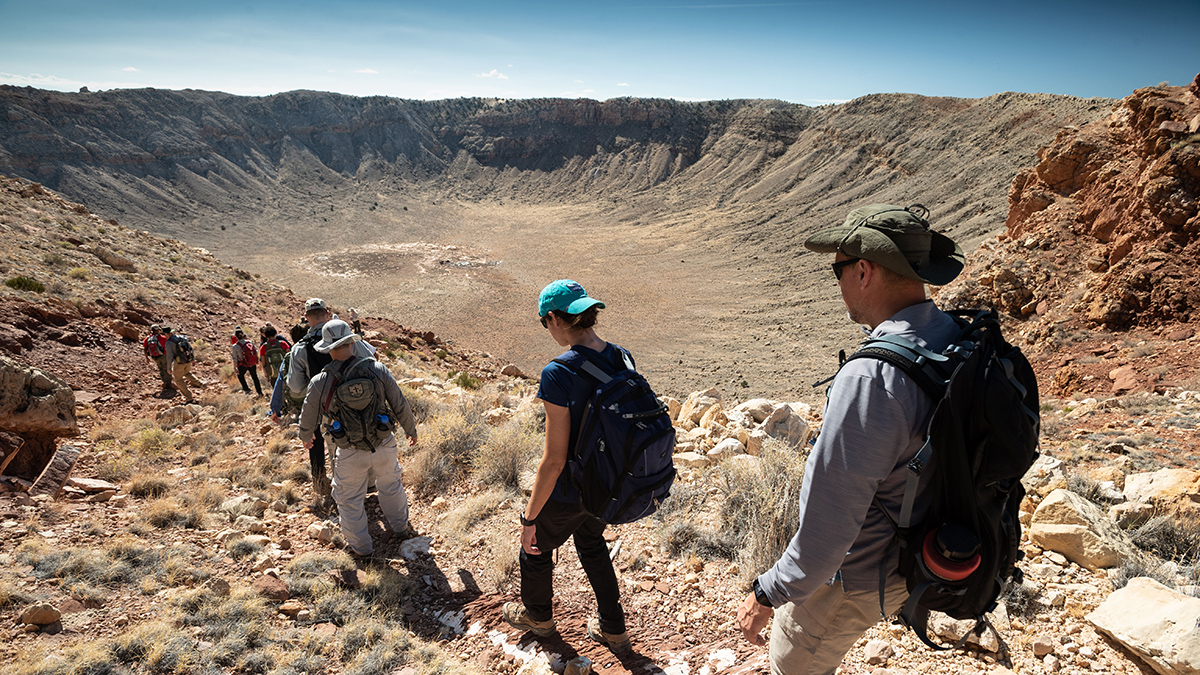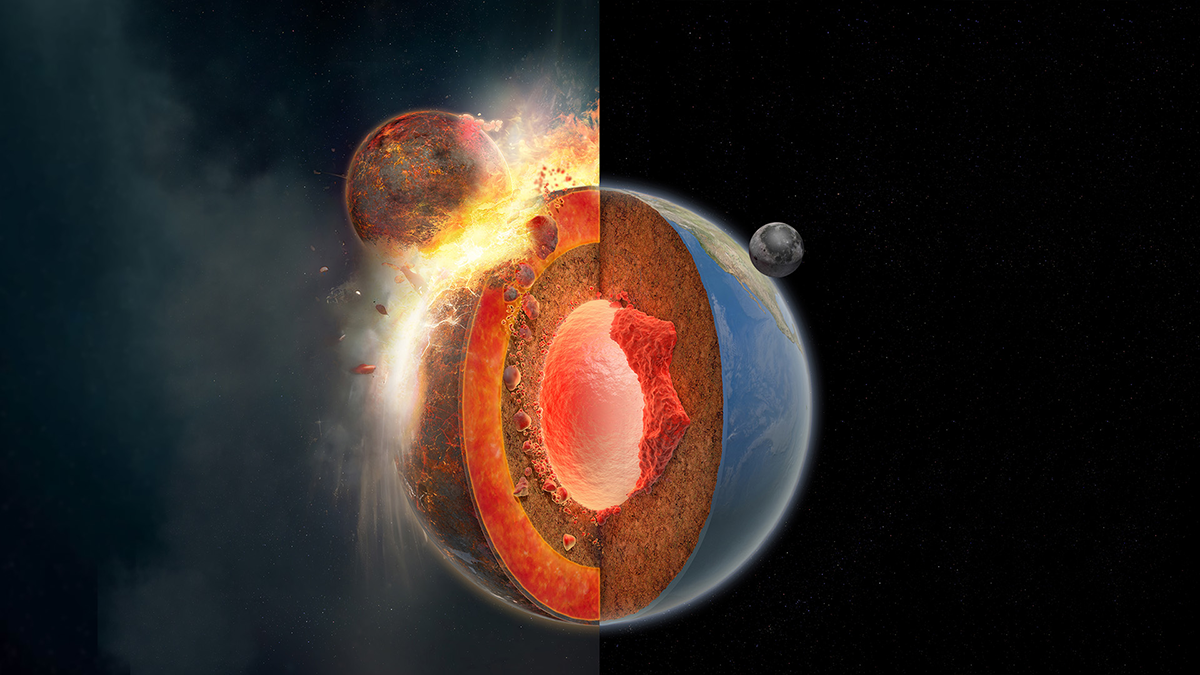Retrieving samples from distant solar system bodies has revolutionized our understanding of the cosmos and our place in it.
Moon
First Samples from the Moon’s Farside Return on Chang’e-6
These samples could provide novel geologic insight into the Moon’s formation and history.
The Art of Doing Fieldwork on the Moon
How early-career planetary scientists are preparing to support the astronauts who will return to the lunar surface and beyond.
Earth’s Subduction May Have Been Triggered by the Same Event That Formed the Moon
The giant impact that formed the Moon may also have led to extrastrong mantle plumes that enabled the first subduction event, kick-starting Earth’s unique system of sliding plates.
The Moon’s Mantle Did a Flip—and Scientists May Now Have Evidence
For decades, a lunar whodunit has puzzled scientists: Did the Moon’s internal layers flip during its formation? Old data might hold the evidence to solve this cold case.
Moonlit Nights Change a Coral Reef’s Tune
Some reef fish get chattier when the Moon is out, while feisty snapping shrimp and other invertebrates pipe down.
Fiber-Optic Networks Could Reveal the Moon’s Inner Structure
Distributed acoustic sensing offers a cost-effective alternative to traditional seismic arrays, and building such a network on the Moon might be possible.
Total Eclipse of the Sun
Things are looking up as millions of North Americans prepare to be dazzled by a celestial spectacle.
Eclipse Science Along the Path of Totality
When a total solar eclipse sweeps across the United States on 8 April, scientists and enthusiasts alike will be there to document it.
The End of the Eclipse
Scientists are studying how the Earth–Moon distance has changed over time, and what effect that change might have had on our planet. Future changes will extinguish total solar eclipses entirely.










